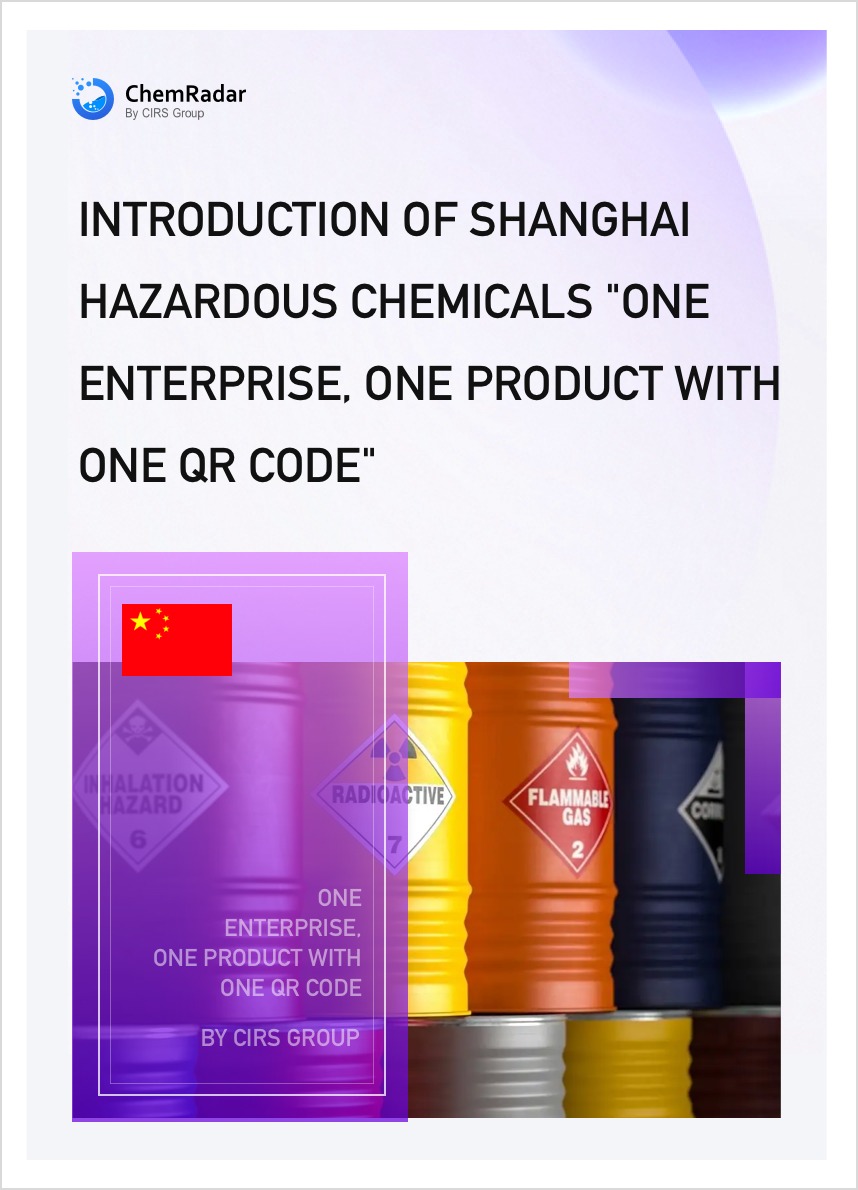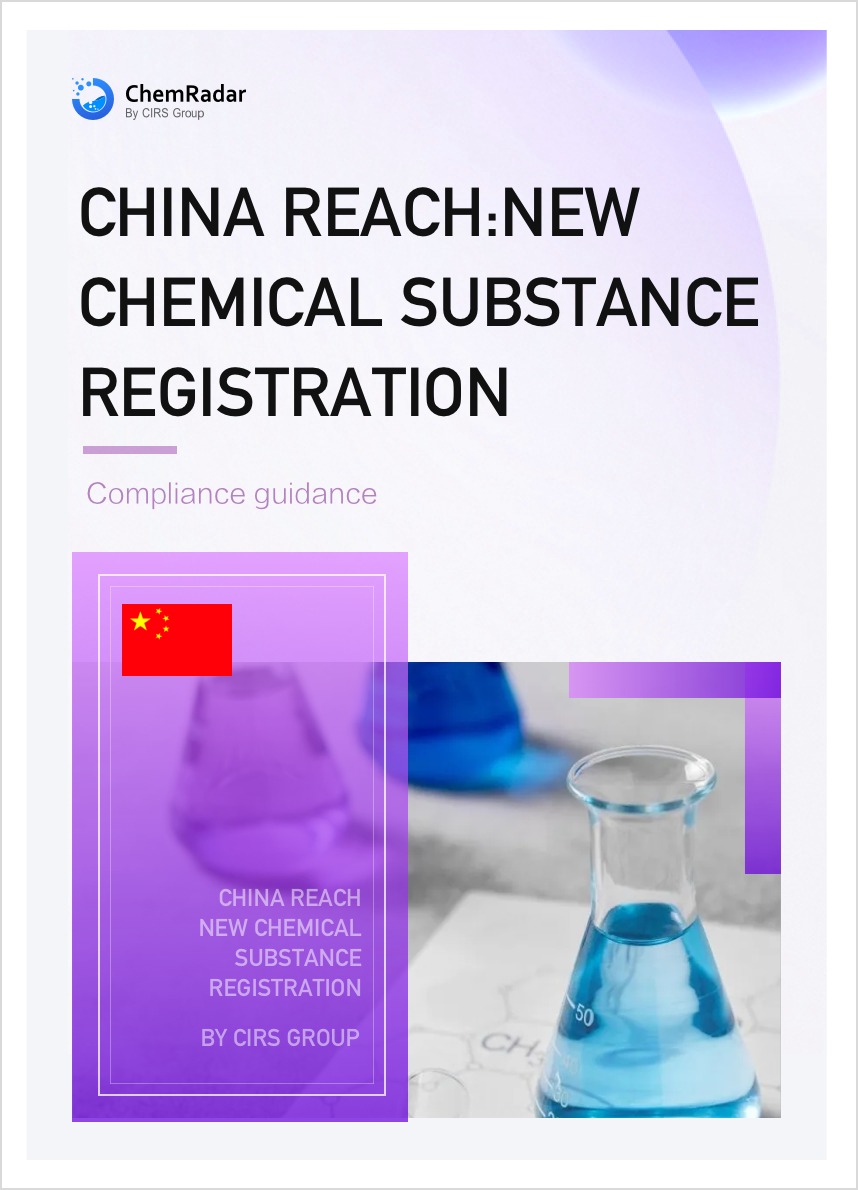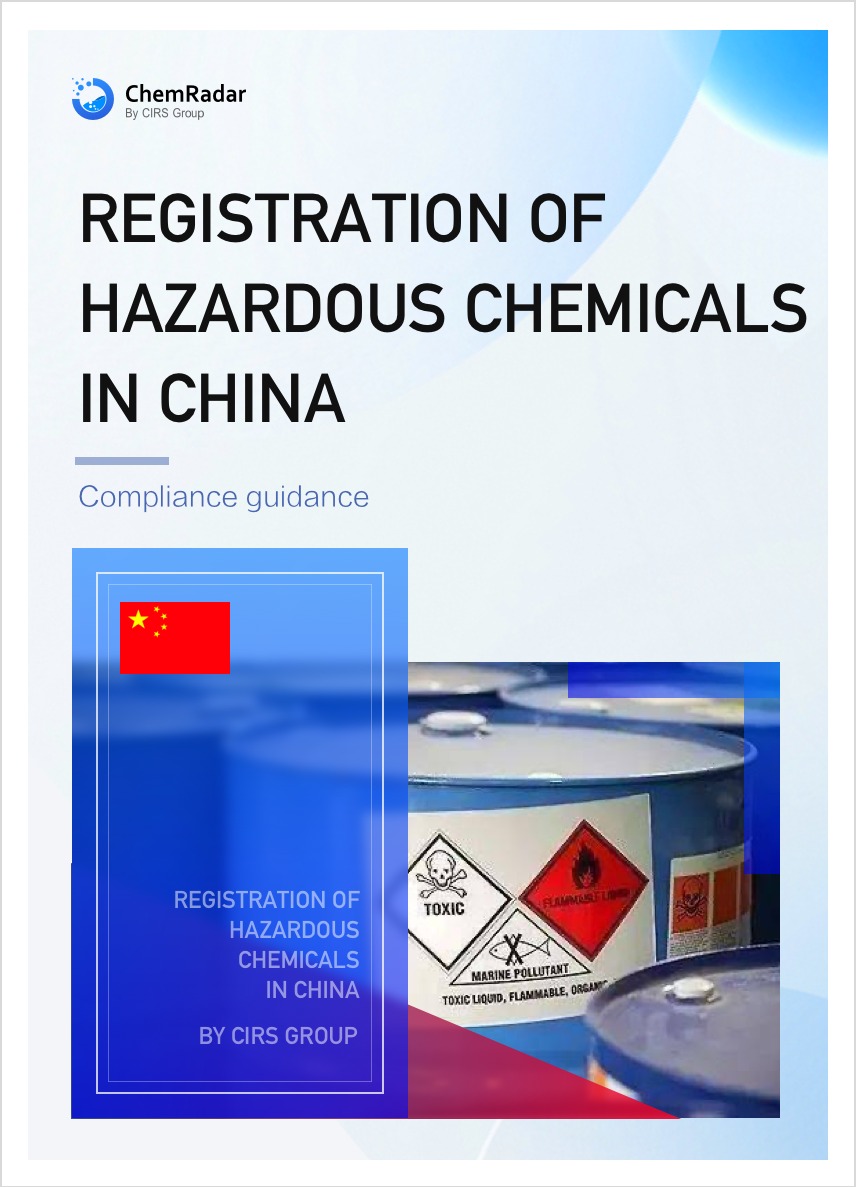On June 24, 2025, the Ministry of Ecology and Environment (MEE) and the National Disease Control and Prevention Administration jointly released the List of Toxic and Hazardous Water Pollutants (Second Batch) (Announcement No. 15 of 2025). This initiative aims to strengthen water environment risk prevention and control, safeguard public health and aquatic ecological security. It serves as a dynamic update and supplement to the first batch list (10 pollutants) issued in 2019, addressing the insufficient coverage of the initial list and responding to requirements for enhanced management of new pollutants.
Enterprises, institutions, and other production operators discharging toxic and hazardous water pollutants listed in the List are required, in accordance with the Water Pollution Prevention and Control Law of the People's Republic of China, to conduct monitoring of discharge outlets and the surrounding environment, assess environmental risks, investigate potential environmental safety hazards, publicly disclose information on the toxic and hazardous water pollutants, and take effective measures to prevent environmental risks.
Composition and Hazards of Newly Added Pollutants
This batch adds 11 types (categories) of chemical substances with high hazard characteristics. These specifically include:
- Thallium and thallium compounds
- Cyanides (easily released cyanides)
- Pentachlorophenol and sodium pentachlorophenate
- Benzene
- Toluene
- Nitrobenzene compounds (2,4-Dinitrotoluene)
- Aniline compounds (o-Toluidine)
- 1,1-Dichloroethylene
- Hexachlorobutadiene
- Polycyclic aromatic hydrocarbons (PAHs) (including Benzo[a]anthracene, Benzo[a]phenanthrene (Chrysene), Benzo[a]pyrene, Benzo[b]fluoranthene, Benzo[k]fluoranthene, Anthracene, Dibenz[a,h]anthracene)
- Dioxins (including Polychlorinated dibenzo-p-dioxins (PCDDs) and Polychlorinated dibenzofurans (PCDFs)).
In terms of composition, 9 types (categories) are organic compounds, and 2 categories are heavy metals and inorganic compounds. These pollutants are generally persistent, bioaccumulative, and highly toxic. They exhibit significant acute and chronic toxicity to aquatic organisms (Category 2 or higher).Through water environment exposure, they pose serious health risks to humans, including carcinogenicity, mutagenicity, or reproductive toxicity (Category 2 or higher).The list covers a wide range of industries, involving 20 major categories under 5 national economic industry sectors, including mining and manufacturing.
Principles of List Compilation
The compilation of the List strictly adheres to the principles of monitorable and controllable. The screening process was based on the 18 types (categories) of substances in the List of Priority Controlled Chemicals (Second Batch). Substances were comprehensively evaluated based on their inherent hazard characteristics, presence and persistence in the water environment, and existing control status, ultimately leading to the inclusion of these 11 types (categories).
The release of this List represents a significant national-level measure to strengthen water environmental protection, precisely control high-risk pollutants, and safeguard public health and aquatic ecological security. Relevant industry enterprises need to attach great importance to and strictly implement the new control requirements.
Further Information



